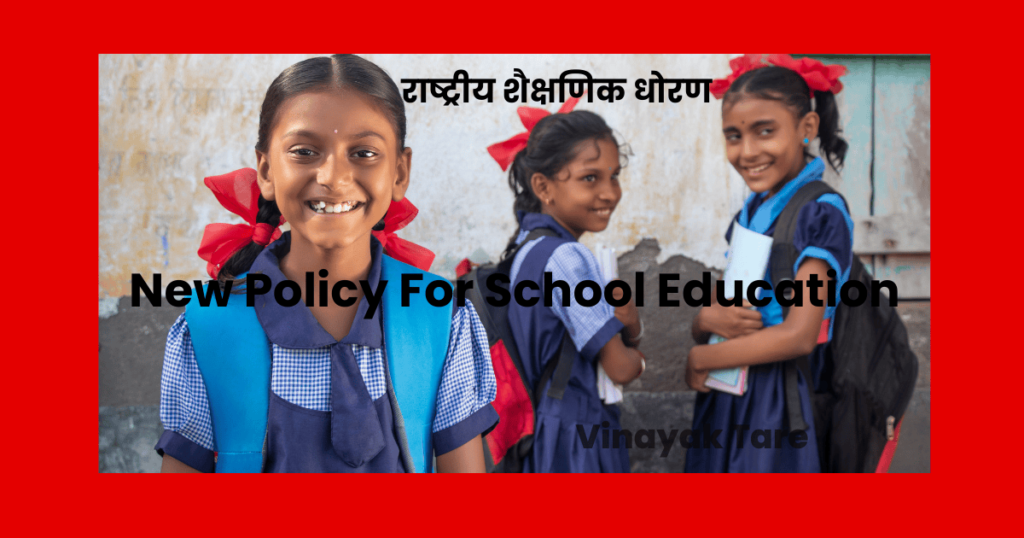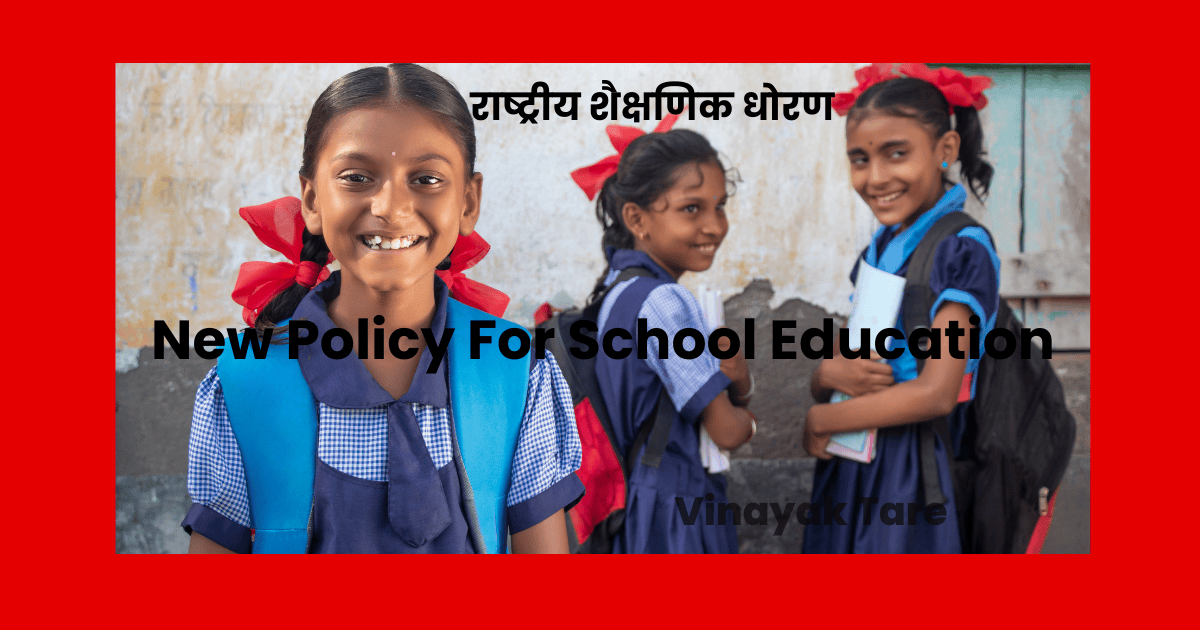New Policy for School Education : Reduced Holidays, CBSE Pattern Implementation, What Exactly Will Change?
New Policy for School Education: Reduced Holidays, CBSE Pattern Implementation, What Exactly Will Change?

The central government implemented a new educational policy last year, which is now being adopted in various states. This policy introduces a significant overhaul in school education systems, including adjustments in holidays, curriculum structure, and teaching methodologies. Here’s an in-depth look at the proposed changes and their implications.
Key Highlights of the New Educational Policy New Policy for School Education
- Start of the Academic Year on April 1st:
- As per the new framework, the academic year will begin on April 1st instead of June 15th. This change aligns with the national academic calendar, ensuring uniformity across states.
- Reduction in Annual Holidays:
- To accommodate the new schedule, annual holidays are expected to be reduced. Instead of the long summer breaks, schools will maintain a balanced approach to holidays throughout the year.
- Adoption of the CBSE Curriculum:
- Schools in the state will now implement the CBSE (Central Board of Secondary Education) curriculum. This shift aims to elevate the quality of education and prepare students for national-level competitive exams.
Why Are These Changes Necessary?
The National Education Policy (NEP) 2020 emphasizes the need for a robust, uniform, and modern education system. The changes aim to: New Policy for School Education. New Policy for School Education
- Bridge the gap between state and central education standards.
- Foster a holistic learning environment.
- Prepare students for future global challenges.
Details of the CBSE Curriculum Implementation
- Structure: The CBSE curriculum offers a balanced approach with equal focus on academics, co-curricular activities, and life skills.
- Language Options: While textbooks will primarily be available in English and Hindi, efforts are underway to translate them into Marathi and other regional languages to ensure inclusivity.
- Teacher Training: Educators will undergo training to align with the new syllabus and teaching methods.
Impacts on Students and Teachers
- Students:
- Enhanced learning opportunities with modern teaching aids.
- Exposure to a nationally recognized curriculum, improving prospects for higher education.
- Teachers:
- Additional training sessions to adapt to the new syllabus.
- Increased workload due to the revised academic calendar and reduced holidays.
New Policy for School Education
Addressing Concerns About Reduced Holidays
Many parents and educators have expressed concerns regarding the reduction in holidays. However, the government assures that:
- The new schedule balances academic rigor with recreational activities.
- Shorter, frequent breaks will be introduced to avoid burnout.
Challenges and Solutions
- Heatwave in April:
- Beginning the academic year in April might expose students to extreme heat. Schools are advised to implement measures like adjusted school hours and adequate hydration facilities.
- Infrastructure and Resources:
- Rural schools may face challenges in adopting the CBSE curriculum due to a lack of resources. The government plans to address this with additional funding and support.
What Parents and Students Need to Know
- Examination Schedule: Annual exams will now be held in March, with results declared by the end of the month.
- Uniform Policy: A standardized uniform policy may also be introduced to ensure equality among students.
- Feedback Mechanism: Parents and teachers are encouraged to share their feedback on the new policy for further improvements.
Why Are These Changes Necessary?
The National Education Policy (NEP) 2020 emphasizes the need for a robust, uniform, and modern education system. The changes aim to:
- Bridge the gap between state and central education standards.
- Foster a holistic learning environment.
- Prepare students for future global challenges.
New Policy for School Education
Conclusion
The implementation of the new education policy marks a transformative step towards modernizing the Indian education system. While challenges exist, the long-term benefits for students, teachers, and the education sector outweigh the initial adjustments. This initiative is a step closer to achieving the vision of an educated and empowered India.

